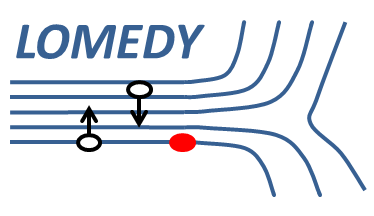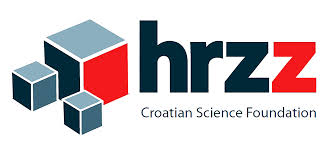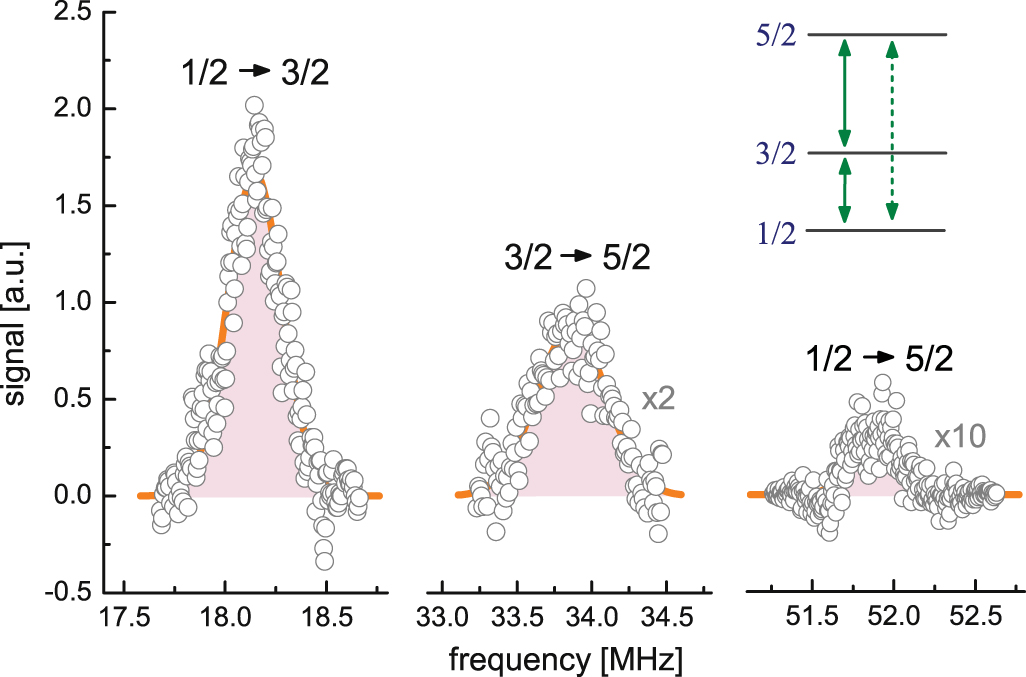

P. Kolar, M. S. Grbić, S. Hrabar, Sensors 19, 03064 (2019)
M. S. Grbić, JAP 125, 224501 (2019)
T. Cvitanić, M. Lukas, M. S. Grbić, Rev. Sci. Instrum. 90, 043903 (2019)
D. Pelc, P. Popčević, M. Požek, M. Greven, and N. Barišić, Sci. Adv. 5, eaau4538 (2019)
D. Pelc, H.-J. Grafe, G. D. Gu, and M. Požek, Phys. Rev. B 95, 054508 (2017).
R. Blinder et al. Phys. Rev. B 95, 020404(R) (2017).
D. Pelc, M. Vučković, H.-J. Grafe, S.-H. Baek, M. Požek, Nature Communications 7, 12775 (2016).
D. Pelc, M. Požek, V. Despoja and D. K. Sunko, New J. Phys. 17, 083033 (2015).
M. Došlić, D. Pelc and M. Požek, Rev. Sci. Instrum 85, 073905 (2014).
T. Cvitanić, D. Pelc, M. Požek, E. Amit, and A. Keren, Phys. Rev. B 90, 054508 (2014).
This works represents a significant progress in theoretical understanding of doping mechanism and superconducing wave function of hightemperature cuprate superconductors. Members of the Department of Physics Damjan Pelc, Miroslav Požek, Vito Despoja and Denis Sunko suggested the theoretical framework, performed calculations and experiments that explain how the metallization occurs in these complex compounds.
Formation of the metallic state (metallization) through doping is usually imagined either as alloying, where the charge doping process adds to the already existing metal bands, or as creation of impurity band, which takes place in degenerate semiconductors. Since the superconducting cuprates are ionic crystals, a third mechanism is possible, proposed by S. Mazumdar in 1989.: ion doping. In this case, the charge remains localized through doping process, and the electric field shifts the chemical bond between copper and oxygen from ionic into metallic state. Proof of this unusual mechanism of metallization is that when the copper is replaced by zinc impurities they locally destroy metallic state, and from an "island" of an ionic insulator. In the absence of this mechanism the free electrons would screen the zinc impurity. The forementioned "insulating island" around zinc is precisely what was detected in this study. Measurement of nuclear quadrupole resonance (NQR) on 67Zn nuclei is itself first-time measured - although the substitution of copper with zinc in cuprates was studied by different methods since 1987., no one has so far managed to isolate this specific signal.

Studying the effects of zinc had great interest due to strong suppression of the superconducting transition temperature in all cuprates. It is believed that it somehow interferes with the mechanism of superconductivity, which no one has yet managed to reveal. Besides the most important result that the environment of the zinc impurity is not a metallic state, NQR measurement show surprisingly strong spontaneous breaking of tetragonal symmetry at zinc sites. We are able to explain this effect theoretically as the degeneracy of the oxygen orbitals in CuO2 plane, which has two equivalent oxygen sites in the absence of zinc. Similarly, superconductivity is suppressed with the structural LTT transition in lanthanum cuprate, which late academic S. Barišić related with the breaking of degeneracy of oxygen in in 1990. Based on the unexpected connection of zinc doping and LTT effect on high-temperature superconductivity, we propose an important symmetry constraint on the wave function of the superconducting state in all cuprates: the oxygen orbitals need to appear in degenerated superpositions.
Article Mechanism of metallization and superconductivity suppression in YBa2(Cu0.97Zn0.03)3O6.92 revealed by 67Zn NQR, D. Pelc, M. Požek, V. Despoja and D. K. Sunko, New J. Phys. 17 (2015) 083033, can be found at the following link http://dx.doi.org/10.1088/1367-2630/17/8/083033.